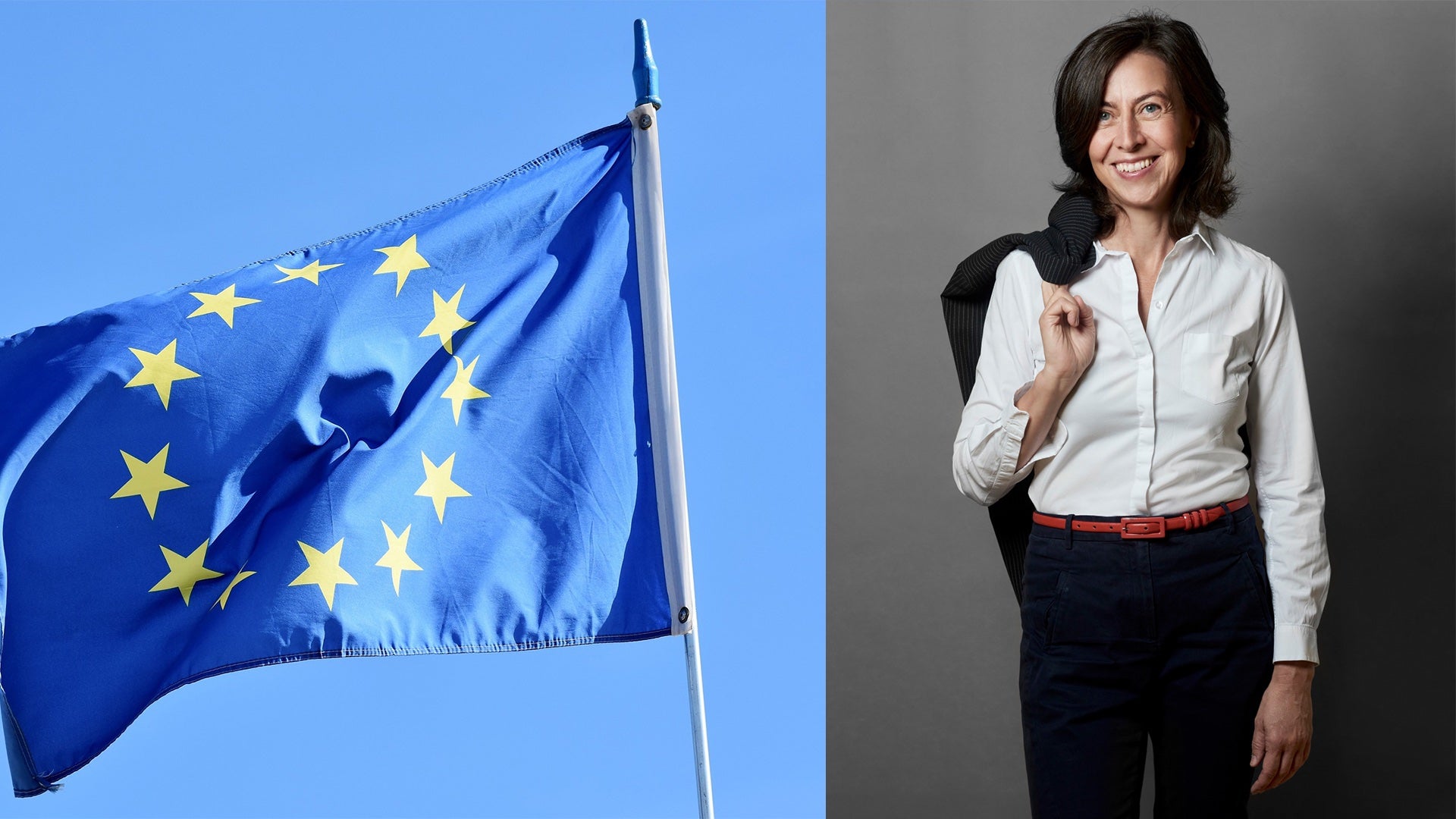Sweden has the EU presidency until the 30th of June, which means that the Nordic country will lead and coordinates the work of the Council of Ministers during that time. One of the topics on the agenda is the Union’s strategy and regulations regarding food export. We chatted with Jimmy Sandell, Head of Communications and Business Policy at the Swedish Food Federation, to discuss the EU presidency, the challenges for Swedish food export, and which products that have a bright future.
What questions will the Swedish Food Federation pursue the most now that your country has the EU presidency until the end of June?
– We want to improve the competitiveness of European companies and the ability to supply food within the EU by creating better conditions so that we get more viable and robust businesses. Hopefully, the EU’s current policy reforms will be implemented in a way that is beneficial for many companies. Also, we would like to urge for more free movement in the internal market and increased free trade. The last few years have shown that we need more trade channels to stand firm in crises.
Which food-related topics create the most engagement and debate in the EU?
– Creating a robust and sustainable food system is an overall theme that has dominated the EU debate in recent years. A large part of the sustainability agenda has focused on food labeling. It includes discussions on how big an impact labeling generally has on consumers’ choices in the grocery store and how to design regulations for more information on food packaging. For example, how a future front-of-pack nutrition label should look like has proved to be a divisive issue among EU Member States.
Do you see any challenges with current EU regulations?
– There are many challenges that need to be addressed. For example, the regulation of health claims on food is pretty concerning. The Union’s strict rules make it difficult for companies to communicate public health. The aim to avoid inappropriate and misleading marketing is well-intended, but it has been taken way too far. For example, you can only mention that you have reduced the amount of sugar or salt in a product if you cut the levels by impossibly large amounts.
What are the biggest challenges when it comes to strengthening Swedish food exports?
– We, as a nation, do not see ourselves as food exporters, which is a problem in itself. There is a massive difference in the self-image compared to other small but successful food-exporting countries such as Ireland, Denmark, and Norway. Swedish food and drink production and exports should be much more prominent on our agenda, which our government finally has agreed on and they are now re-examining the national food strategy. Still, the future for Swedish food export looks very bright, as we are on our way to reaching our goal of 100 billion SEK in export value for 2025. The Swedish food sector has enormous potential, and we have all the right conditions to become a global leader in producing sustainable food.
the future for Swedish food export looks very bright, as we are on our way to reaching our goal of 100 billion SEK in export value for 2025
Which industries have a positive export market right now and which are having a tough time?
– The Chief Economist at Swedish Food Federation usually says that everything you drink has a future. We believe that all beverage products with high process value are on the rise and have a lot of export potential. However, the premium segment is in decline in favor of the current economic state and the demand for low prices.
Which foods may become more attractive to import from, for example, Sweden in the future?
– Sweden is a world leader in oats and is currently investing heavily in the category at the moment. It’s a product that, historically, has had its added value end up outside of Sweden but is about to change, which we are very optimistic about.









